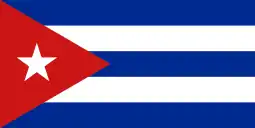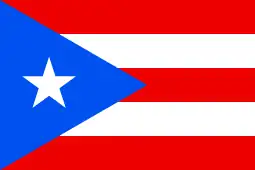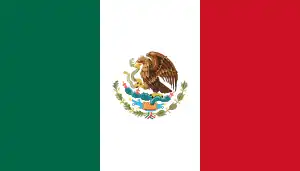| Part of a series on |
| Phi Iota Alpha Fraternity |
|---|
| This article is a part of a series on |
| Phi Sigma Alpha Fraternity |
|---|
| Category - Wikiproject |
Union Latino Americana (ULA) was a short-lived Pan American Governing body of Hispanic fraternities created in the early 20th century. The ULA was established in 1932 during a convention of Phi Iota Alpha in the City of New York.[1]
The ULA organized Latin America into 22 zones. Each of the 21 Latin American countries constituted a zone. The 22nd zone was represented by the United States. The ULA was a framework for the implementation of Pan-American ideology. All the zones were bound by the same constitution and internal rules and regulations. On September 30, 1934, Sigma Delta Alpha, a fraternity established on the island of Puerto Rico, joined the Union. It was renamed Phi Sigma Alpha. By 1937, the ULA had several well established and functional zones including:
- ΦΙΑ - Phi Iota Alpha in
 United States
United States - ΦΚΑ - Phi Kappa Alpha[2] in
 Cuba
Cuba - ΦΣΑ - Phi Sigma Alpha[2] in
 Puerto Rico
Puerto Rico - ΦΤΑ - Phi Tau Alpha in
 Mexico
Mexico
In September 1939, the Phi Sigma Alpha zone separated from the ULA and eventually formed the Phi Sigma Alpha Fraternity of Puerto Rico.[3] The ULA dissolved shortly thereafter.
See also
References
- ↑ Johnson, Clyde Sanfred (1972). Fraternities in our colleges. New York, New York: National Interfraternity Foundation. pp. 42–43.
- 1 2 Baird, William Raimond (1940). Baird's Manual of American College Fraternities. G. Banta Pub. Co. p. 260.
- ↑ "Fi Sigma Alfa" (in Spanish). Retrieved 2006-12-04.